Drummers use drum cages on stage to help with sound and volume control. A drum cage can also help improve on-stage monitoring for the musicians, help with feedback prevention and make the sound engineers job less of a headache.
Drum Cages Help With Noise Control
The thing about acoustic drum kits is that they don’t really have a volume knob. It’s up the drummer to play harder or softer to achieve different volume levels. However, it’s not always ideal to ask a drummer to dial back their playing to achieve a lower volume. When drummers have to play softer, it can sometimes affect the energy of the performance and isn’t ideal for many styles of music.
By putting the drum kit behind a glass or acrylic shield known as a drum cage, the sound levels of the drums can be reduced for the audience and other musicians on stage and the drummer can still play normally without having to have a reserved approach. Drum cages are also sometimes referred to as drum shields or drum screens.
You’ll see drummers using drum cages often at live venues where sound control is a priority and in places like churches where live acoustic drums are used.
For a good example of a drum cage in use, here’s a video of The Who playing at Jazzfest in 2015. Their drummer is sitting behind a drum cage for this show. The drummer is Zak Starkey, by the way, who is Ringo Starr’s son.
Drum Cages Help Isolate The Drum Sound
Acoustic drums are designed to project, and their sound can overpower other instruments on stage. The sound coming from drums isn’t directional like an amp can be, so the sound will project in every direction and can bleed into other microphones around the sound stage.
A drum cage helps contain the sound of the drums and reduce the sound being projected from the kit. This can help minimize bleed with the other microphones on stage and also helps keep the drum mics from picking up other stage noise.
Improved On-stage Monitoring
By isolating the drum sound, better on-stage monitoring can be achieved. The sound engineer will be able to set up drum monitors that aren’t being overpowered by other sounds on the stage, giving the drummer a more clear picture of their sound. The same could be said for other musicians and monitoring around the stage. By reducing the bleed from the drums, monitoring improves for everybody.
Pennzoni is a popular choice for affordable drum cages. They have many sizes and options available. Pennzoni is known for their acrylic drum cages and their collectible/memorabilia displays, which is an interesting combo. You can find Pennzoni drum cages for sale at Amazon.
Drum Cages Help With Feedback Prevention
Feedback can sometimes be an issue depending on room or venue acoustics and microphone placement. By isolation the drums behind a cage it can be much easier to prevent feedback issues. This can be a nice advantage in situations where pretty much everything on stage is going to be mic’d up and lots of microphones are in play. Once again, it can help make life easier for the sound engineer.
Get A Better Recorded Sound Mix
If your goal is to get a high quality recording of a stage performance, drum cages and even sound shields for amps can be valuable to help isolate the various sounds for post-processing. It’s hard to entirely isolate sounds in live recording situations, but sound cages can definitely help provide cleaner individual tracks with less bleed with the other instruments for mixing later on.
Drum Cage Use Is Situational
Drum cages certainly aren’t going to always be needed, but they can provide some advantages as we’ve discussed here.
Coming more from the underground metal scene, I pretty much never see drum cages used in smaller local venues for shows that I frequent. Drummers want their sound as loud and in your face as possible in those situations.
However, drum cages are invaluable for places like churches where the drummers want to have fun and play at normal levels without overpowering everything else.

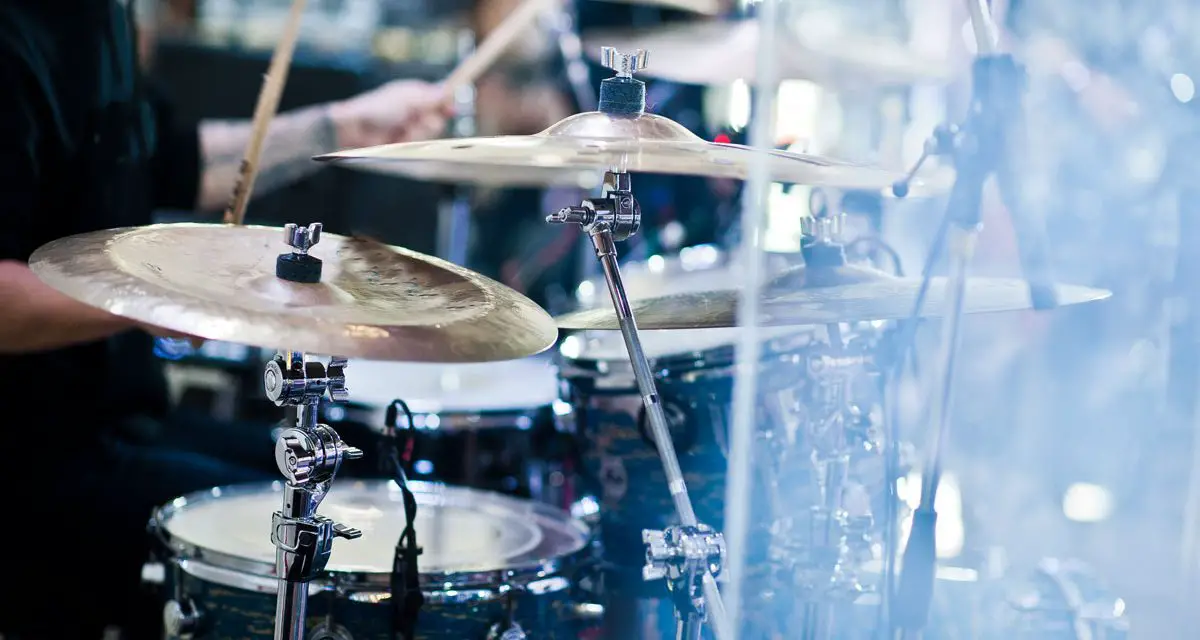
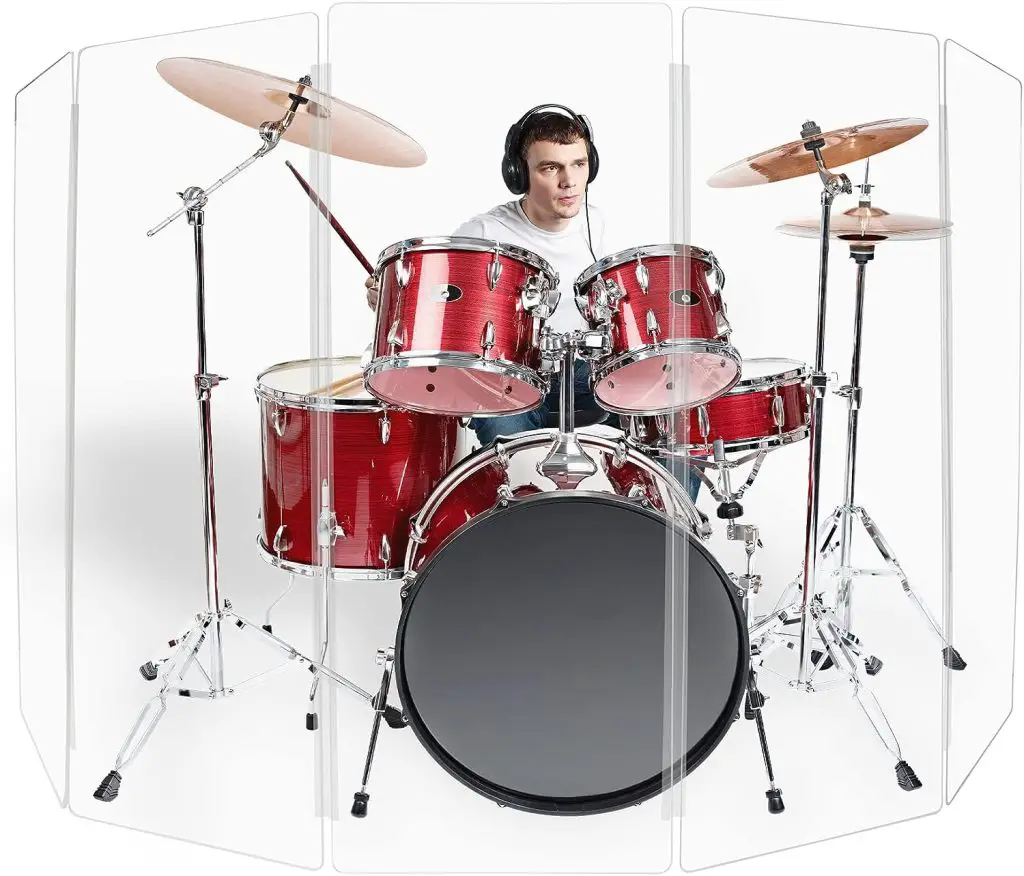
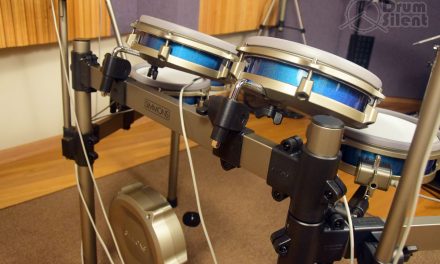
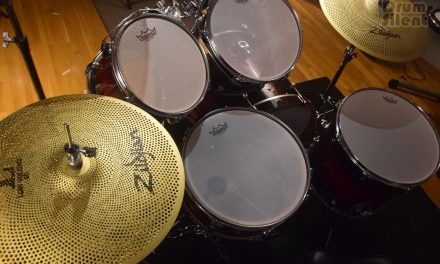
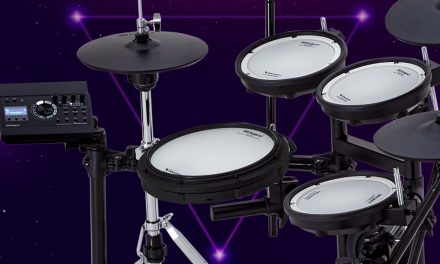








I’ve played in church groups and never had the need of a cage or sheild. If a drummer can’t play softly when needed he or she is not being sensitive to the song or chorus. Usually the drums are not a lead instrument either. I attended a service this morning that had 3 singers, keyboard, lead and bass guitar and a drummer in a perspec cage and the drums over rode everything else except at the times he didn’t play.
It seems like the cage is meant to quieten the volume of the drums and then you see two or three mics in there as well. Just doesn’t make sense.